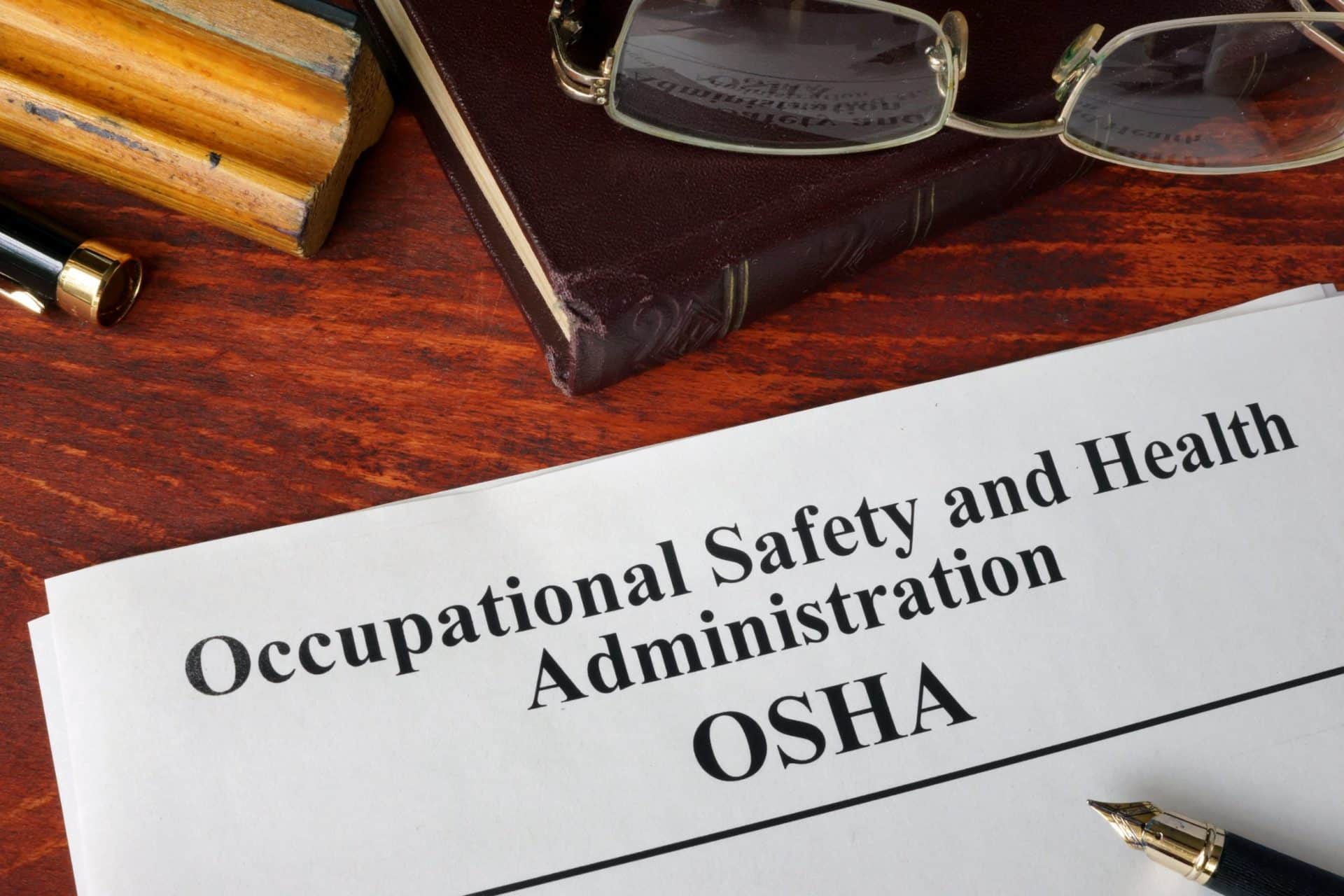Free Consultation
Free Consultation

Whether you work on a construction site, at a retail store, or you are stuck in a cubicle all day, you have probably seen posters with the name “OSHA” on them. You also may have had to skim through contracts or procedures at meetings about OSHA’s policies for safety in the workplace.
Despite this, most people don’t give a whole lot of thought to OSHA. It’s just another workplace regulation that’s in the background. Beyond the possibility of having to wear certain equipment or obey specific procedures, it doesn’t impact you.
That’s the way OSHA is supposed to work. It’s something that you barely notice. It’s just part of the regular routine.
What happens, though, if that routine is broken and you end up getting hurt?
The first thing you need to do is understand OSHA itself. The Occupational Safety and Health Act of 1970 is a law that regulates and requires safety in the workplace.
It puts responsibility on employers. They must make sure their property and workplace is free of hazardous conditions to workers. Additionally, all employees must be are properly notified of any health risks. The law also provides guidelines for how employers must educate their staff on what to do in case of an emergency. It covers events like fires to injuries that require first aide.
If an employee suffers an accident at work, OSHA requires the injury to be reported not only to employers, but also to them. These reports must be submitted annually unless your business has less than 10 employees.
Injury and illness reports help the OSHA to find employers that are not keeping their workplaces safe. If injury reports raise red flags that a business may be acing in a negligent manner, OSHA may come in to a workplace to inspect it.
When an employer properly follows the rules of OSHA, it should reduce the number of injuries that take place and help to handle any injuries that still do occur. If they neglect OSHA regulations and you are injured, you have the right to pursue a claim against them. Fight for the damages or financial losses that accrued from your injury. Because they were acting in a negligent manner.
Exactly what is negligence, though? Legally, negligence is defined as “failure to exercise the care toward others which a reasonable or prudent person would do in the circumstances, or taking action which such a reasonable person would not.”
Any violation of OSHA, or incidents where an employer failed to keep their workplace safe for employees, is considered negligence.
Negligence in the workplace could include the following:
OSHA can help you gather evidence to support your claim. If an employee wants to privately submit a report or a complaint to OSHA concerning their employer, they have the right to do so in confidentiality. Employers cannot take action against employees who report violations or concerns to OSHA.
Complaints or violations may bring OSHA representatives to your workplace to investigate. Anything that they find as a violation of OSHA will only help you when you get to court.
When you are filing a personal injury lawsuit, a judge will need to see that the defendant was negligent in their duties to you. Their duties for making a safe workplace are given to them through OSHA’s policies.
OSHA can also help you prove that your employers were negligent throughout your employment, even during your first few days on the job. Ask yourself these questions:
The answers to all of these questions can be used to support your claim.
That being said, to get the compensation you deserve for your injuries, you will need more than an old OSHA video or poster held in your work’s bathroom. Get in touch with a New York personal injury lawyer and discuss how your workplace violated OSHA, the wrongdoings or negligence that led to your accident, and how you can prove these points in court.